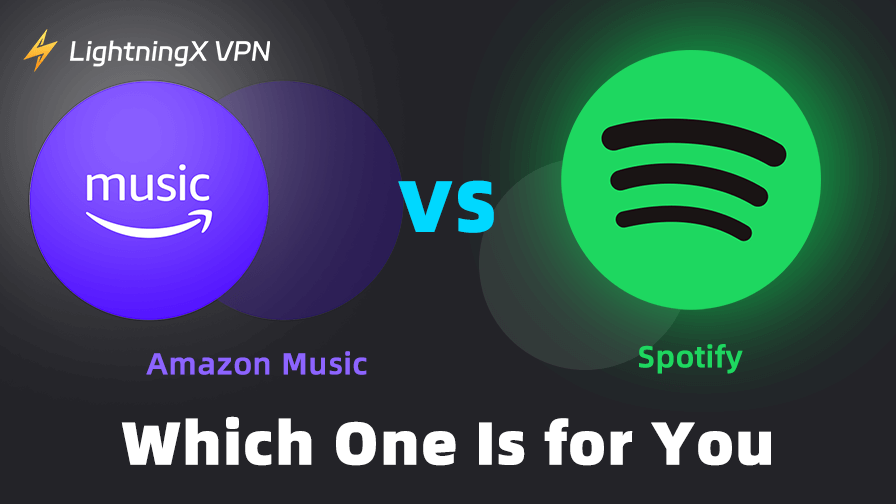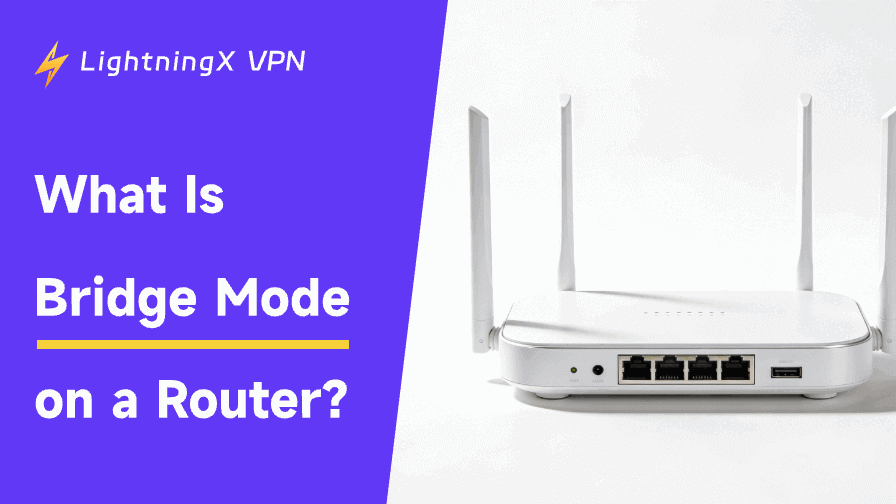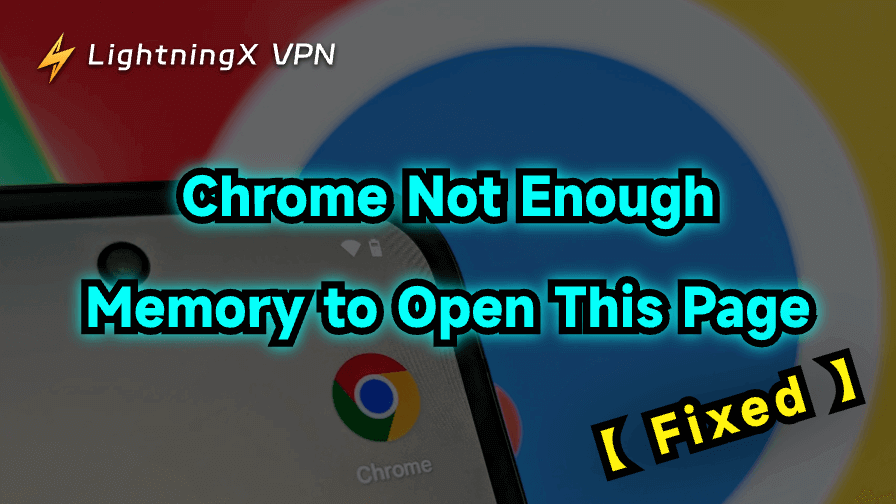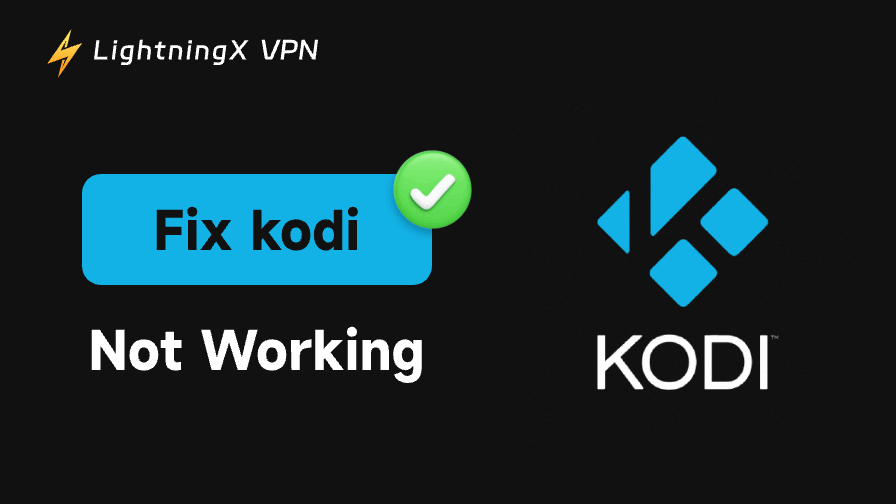In the crowded world of music streaming, two names consistently stand out: Amazon Music and Spotify. If you’re reading this, chances are you’ve narrowed your choices down to these two – and for good reasons. Both platforms boast massive music libraries (Spotify with over 100 million tracks and Amazon Music Unlimited offering a comparable range), high-quality streaming, personalized playlists, and cross-platform accessibility. But what really sets them apart? Amazon Music vs Spotify: who’s the winner?
Let’s dive into the details and find out which fits your listening lifestyle best.
Amazon Music VS Spotify: Library
Amazon Music and Spotify both boast millions of tracks, but how do they actually compare?
Spotify currently claims a catalog of over 100 million songs, along with 5 million podcasts, making it one of the largest collections available in the industry.
Amazon Music Unlimited also boasts an impressive catalog of over 100 million tracks, though it features fewer podcasts within the app. While the two platforms appear evenly matched in terms of size, key differences emerge when you look closer.
Spotify’s strength lies in its vast number of indie releases, niche genres, and exclusive podcast content. It’s often the first place where emerging artists publish their tracks.
That means if you’re into discovering fresh, experimental sounds or following mainstream chart-toppers, Spotify likely has you covered.
It’s pretty worth noting that both platforms have certain content and feature restrictions based on geographic location. Depending on where you live, you might not have full access to their music libraries, exclusive podcasts, or subscription plans.
A VPN like LightningX VPN can help you bypass these limitations safely and smoothly.
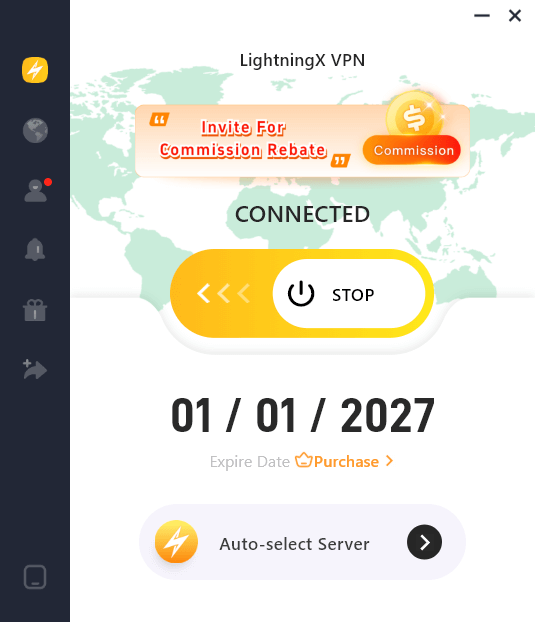
With over 2,000 high-speed nodes across 70+ countries, LightningX VPN allows you to bypass regional limitations and unlock the full potential of Spotify, Amazon Music, and even other streaming platforms like Netflix, Hulu, HBO, AbemaTV, and Disney+.
Beyond entertainment, LightningX VPN adds an extra layer of protection by safeguarding your online privacy and encrypting your data across public and private networks. This is a crucial feature for anyone who frequently streams on the go.
Amazon Music VS Spotify: Genre Variety
Spotify shines with an incredibly detailed curation system. Whether you’re looking for Nordic folk or an underground UK garage, chances are that there’s a playlist already waiting.
Spotify’s editorial and algorithmic playlists are constantly updated based on global listening trends and user behavior, which makes music discovery feel intuitive and often surprisingly accurate.
Amazon Music, by comparison, does offer a wide range of genres. However, the depth isn’t quite the same.
While you’ll find the big categories like pop, rock, hip-hop, and classical well-represented, subgenres and hyper-niche communities are harder to explore.
For example, playlists for K-pop, regional Latin, or experimental jazz are available, but not nearly as rich or frequently updated as on Spotify.
Another difference is how the platforms recommend music. Spotify’s algorithm is widely praised for its precision, learning from what you skip, repeat, or favorite.
Amazon’s recommendations feel more static and less tailored in comparison. This often serves up generic suggestions that don’t adapt well to individual tastes over time.
Amazon Music VS Spotify: Pricing & Subscription Plans
Both offer multiple tiers and discounts for students and families, the differences in value come down to more than just the numbers.
Spotify offers a straightforward pricing model, with a free ad-supported tier and a Premium plan (How much is Spotify Premium). This plan removes ads, enables offline listening, and improves audio quality.
The free tier is arguably the best in the industry. Since it gives its users access to Spotify’s entire library with some limitations like shuffle play on mobile and occasional ads. For many casual listeners, this is fairly enough.
Amazon Music, on the other hand, ties its music experience closely to its Prime membership. If you’re already a Prime subscriber, you get Amazon Music Prime at no extra cost.
But this subscription has a limited catalog (up to 100 million songs, but much of it only in shuffle mode and without full on-demand control). You’ll need Amazon Music Unlimited if you want a full, ad-free experience with complete control.
Subscription Plan Comparison: Amazon Music vs Spotify (2025)
| Plan Type | Spotify | Amazon Music |
| Free Tier | Yes – with ads, shuffle-only on mobile | Yes – limited to Amazon Music Prime, included with Prime (shuffle only for most songs) |
| Individual Premium | $11.99/month Duo for $16.99/month | $10.99/month (non-Prime members) |
| $9.99/month (Prime members) | ||
| Family Plan | $19.99/month (up to 6 accounts) | $15.99/month (up to 6 accounts) $159/year (Prime members) |
| Student Plan | $5.99/month (with verification) Student discount: 50% | $5.99/month (Prime Student required) |
| Annual Option | No | Yes – $89/year (Prime members only) |
| Hi-Res Audio | Included | Included (as of 2021, no extra fee) |
| Offline Listening | Yes (Premium only) | Yes (Unlimited only) |
| Prime Benefit | N/A | Yes – Amazon Music Prime is included with Prime subscription |
Tip: Amazon Music Unlimited costs just $89 per year for Prime members (breaks down to about $7.42 per month), which offers better value than Spotify Premium. It might be one of the cheapest music subscription options out there!
Here’s where things get interesting: Amazon Prime members get a discount on Unlimited, making it a bit cheaper than Spotify for those already in the Amazon ecosystem.
However, if you’re not a Prime user, Amazon’s pricing is roughly on par with Spotify’s.
Amazon Music VS Spotify: Personalization
Music Discovery and Recommendation Systems
- Spotify offers both editorial and algorithmic playlists that are updated in real-time. You’ll likely find a playlist that fits your vibe, and it’ll update based on your evolving taste. And if your listening habits go beyond music, Spotify Audiobooks integrates seamlessly into your Spotify app.
- Amazon Music does offer genre-based curation and some degree of personalization, but it doesn’t adapt as fluidly. Its discovery features, while improving, can feel static in comparison.
Search and User Behavior Tracking
- Spotify’s smart search function learns from your habits, often auto-suggesting what you’re about to type.
- Amazon Music’s search is more conventional, accurate, but less anticipatory.
Playback and Cross-Device Experience
Spotify also excels in playback continuity. You can pause a song on your phone, and then resume it instantly on your desktop or smart speaker. You can even queue music remotely across devices in real time, a seamless experience that few competitors match.
Amazon Music offers partial cross-device support, especially if you’re using Alexa-enabled devices, but the experience can sometimes feel inconsistent or clunky, especially when switching between mobile, web, and speaker platforms.
Interface Summary
| Feature | Spotify | Amazon Music |
| Homepage Personalization | Highly dynamic and user-specific | Simple and clean but more generic |
| Recommendation Accuracy | Learns deeply from user behavior | Decent, but more focused on popular content |
| Smart Search | Predictive and habit-based | Functional but basic |
| Cross-Device Playback | Seamless, real-time queuing, and continuity | Supported, but less polished |
| Special Features | Collaborative playlists, live sessions | Deep Alexa integration |
Amazon Music VS Spotify: User Base & Market Presence
As of early 2025, Spotify boasts over 600 million monthly active users, including more than 236 million premium subscribers. It’s often compared with other giants like Apple Music, making the Spotify vs Apple Music debate just as relevant as Amazon Music vs Spotify.
The platform has a strong presence in over 180 countries and is often the go-to app for both casual listeners and dedicated audiophiles. Its early entry into the market, intuitive interface, and robust free tier have helped it dominate globally.
Recent estimates suggest that Amazon Music has around 82 million users globally, with a solid portion of those coming from Prime members who access the limited Prime Music tier.
However, Amazon’s user base tends to skew slightly older, and it sees the most traction in the U.S., U.K., and Germany, where Amazon’s core retail services are strongest.
In contrast, Spotify sees higher engagement among younger demographics, and its presence is particularly strong in Europe, Latin America, and Southeast Asia.
In summary, Spotify remains the global leader in both reach and daily engagement, especially among younger users and international markets.
Amazon Music, meanwhile, benefits from Amazon’s massive infrastructure and loyal Prime user base, so it’s a strong contender for users who prioritize integration and simplicity over standalone music discovery features.
Final Verdict
Both Amazon Music and Spotify offer impressive music libraries, solid personalization features, and competitive pricing tailored to different types of listeners.
Spotify stands out with its extensive podcast selection, deeply curated playlists, and seamless cross-device experience. If you value discovery and social sharing, choose Spotify.
Amazon Music provides strong integration within the Amazon ecosystem, attractive pricing for Prime members, and growing improvements in content variety and personalization.
Choosing between the two ultimately depends on your priorities. If neither feels quite right, you might want to check out some Spotify alternatives that offer different features or pricing models.









